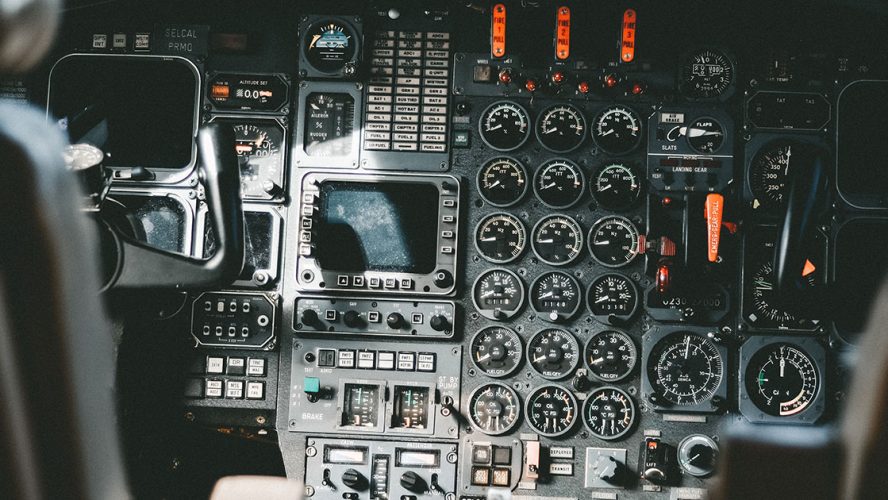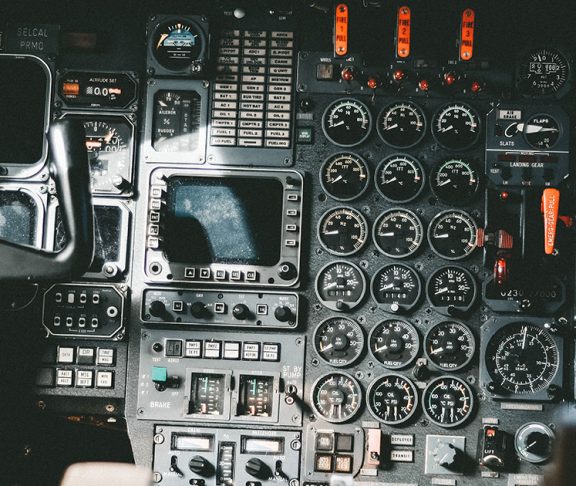Since the Wright brothers’ first flight in 1903 and later commercialization of air transportation, safety has been the top priority in the aviation industry. The U.S. Post Office took the lead in the 1920s by setting the standards for pilot training and aircraft maintenance. After World War II, the need for quality pilots rapidly increased, and trainees from colleges and universities around the country stepped up to fulfill the need. Pioneers in aviation education saw the need for comprehensive understanding of the airplane and its “social, scientific, political and economic influences” on society. In 1947, they created the University Aviation Association (UAA) to share best-training practices and research to further education and promote safety.
Meeting increased need
As air transportation exploded in the 1950s and beyond, the need for quality pilots was met primarily by the U.S. Military and Collegiate Aviation programs. However, as the 20th century came to an end, it became clear that the supply of new pilots was not going to be able to replace the projected retirement rate of seasoned pilots. The initial pilot shortage was mitigated by UAA Collegiate Aviation programs, which took the lead on research and development of pilot training to provide the industry with the highest-quality pilots in the shortest amount of time. The system was working well until an unfortunate airline crash in 2009 changed everything.
Legislating training for pilots
Bowing to social pressure, Congress passed a law to increase the number of flight hours required for pilots serving in air-carrier operations. In anticipation of the obstacles this law would create for new pilots, researchers from five UAA institutions undertook a comprehensive study of pilot-training success at Regional Airlines. Using rigorous statistical analysis, the researchers analyzed training data provided by six regional airlines and submitted their results to experts. The data clearly indicated that quality of training, not the number of accumulated flight hours, was the best predictor of pilot-training success. This study provided the justification the FAA used to allow collegiate training to substitute for flight hours. This enables aspiring pilots to reduce the number of years of training needed before they may be hired by a commercial airline.
Every year academics and researchers gather together with industry professionals to discuss the challenges and opportunities facing the aviation industry. Between annual meetings, select committees gather to share ideas and research to improve aviation education and safety. In partnership with the FAA, UAA institutions are working to provide the highest-quality aviation professionals to the industry and ease the shortage of pilots.

